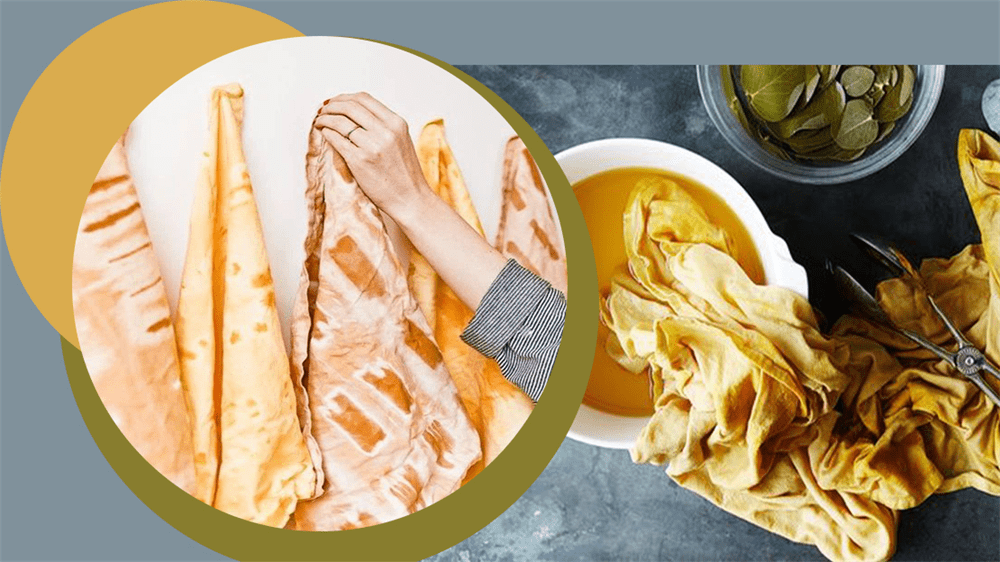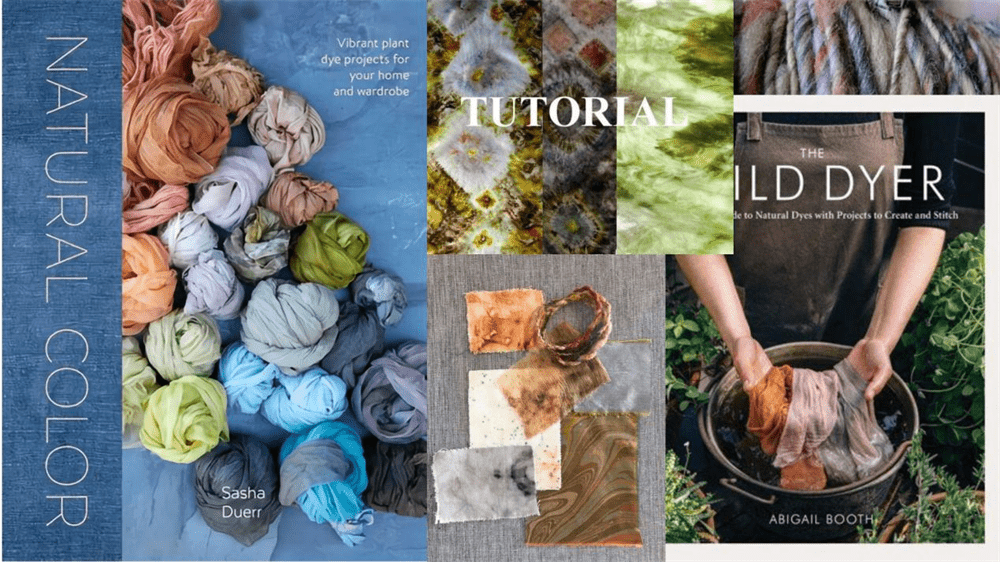Plant dyeing is also known as plant dyeing. Plant dyed clothing has a simple and natural beauty, which can give people a feeling of being close to nature. Although the color is not so gorgeous, it has a low-key and gentle beauty. The traditional technique of plant dyeing can be better combined with modern craftsmanship to truly realize the restoration and innovation of traditional clothing. Nowadays, many Chinese designers with keen fashion intuition and national sentiments have begun to use plant dyeing technology for design creation. The clothes dyed with plants have a unique cultural temperament when worn on the body. This color is low-key, restrained, and gentle, which is very consistent with the oriental temperament. It can be said that plant dyeing is not only an eco-environmental protection technique, but also a cultural symbol.
Vegetable dyes refer to colored substances that are extracted from plants and are durable and do not fade. There are a wide range of sources of vegetable dye raw materials. my country is mainly produced in Southwest China, Central China, and South China. Many plants in nature can be used to make dyes, and they are an inexhaustible source of dyes. There are some important plant dyes, which can only develop color with the help of mordant. Most plant pigments are easy to decompose and disappear, and only those that can be durable and not oxidized can be used as dyes. Dyeing with natural dyes makes full use of natural renewable resources, which is beneficial to reduce the burden of sewage treatment and protect the environment.
Plant dyes are organic dyes with natural, simple and natural color. The dyed color is not only pure and beautiful, soft in color, but also its biggest advantage is that it does not hurt the skin and has a care and maintenance effect on the human body. Different plant dyes have different colors. Different colors can be dyed on the part taken. For example, the root of hematoxylin can be dyed yellow, the core material can be dyed red, and the pods can be dyed black; the leaves of potato beans can be dyed yellow-brown, and the bark can be dyed black. The hue of the same dye material will change due to the time and season of the material, so plant dyeing should be the most personalized dyeing method.
Plant dyes and natural fibers have a wide range of dyeing colors. Some dyes can be dyed directly, while others need to add different types of mordants and proportions to dye various beautiful colors according to production requirements. Due to the characteristics of vegetable dyes, we have passed the tests on color fastness to rubbing, color fastness to sunlight, and color fastness to washing on different fibers. It is found that their compatibility is different. You need to choose the most suitable fiber according to the use scene of the fiber category. Raw material for plant dyeing.
Direct dyeing is the most convenient dyeing method. Indigo dyeing of reduction dyeing is the most variable and difficult dyeing method. Medium dyeing is the main method of natural dyeing. Most plant dyeing is the medium dyeing method used. Not all pigments can be easily dyed on fibers. The combination of fibers and pigments often requires the help of a medium, which is called a mordant. In addition to the “color effect”, the role of mordant dyeing also has a considerable degree of “color fixation”, which is extremely important in natural dyeing.
Bulk fiber dyeing is a dyeing method with rapid development and vitality in recent years. It is mainly used for dyed spinning products. The cotton or wool fiber is directly dyed first without being processed by the spinning mill. “Spinning” processing method. The dyeing of yarn with natural dyes does not currently have mature technology and equipment. Traditional manual yarn dyeing, commonly known as “one vat with two rods”, is used to agitate the yarn and dye it in the dyeing vat. Garment dyeing has the characteristics of small batch, multiple varieties, excellent dimensional stability, comfortable wearing, and quick product circulation.
The concept of plant dyeing green is more in line with the current concept of man and nature. ICICLE, a brand that has been adhering to the ancient oriental philosophy of “Heaven and Man are one” and is committed to creating a new lifestyle for modern society. In June of this year, the plant dyed family clothes launched using plant dyeing and dyeing technology, pure Natural grass-dyed one-point blue is suitable for children’s POLO shirts, as well as two-point blue, three-point blue, four-point blue, and five-point blue adult grass-dyed POLO. With age, the deep blue is also the precipitation of time. The consumption of children’s clothing by the new generation of parents is not only satisfied with the style and function of the product, but pays more attention to the cultural connotation and the potential function of the product-safety, health, environmental protection, fashion and so on. Most of the fabrics of children’s clothing are printed and dyed with modern synthetic dyes, which have a certain impact on children’s health. Les Enphants brand Les Enphants uses loose fiber dyeing to launch a newborn split underwear plant dyeing suit. Traditional plant dyeing techniques provide unique and diverse techniques for plant dyeing. Modern clothing design and pattern design concepts feed back the development of past clothing culture to modern society.
Post time: Jul-19-2021


